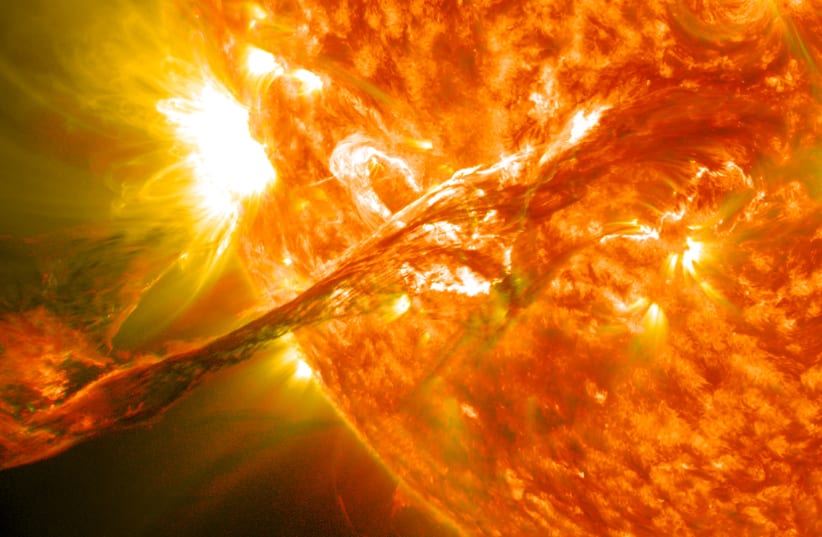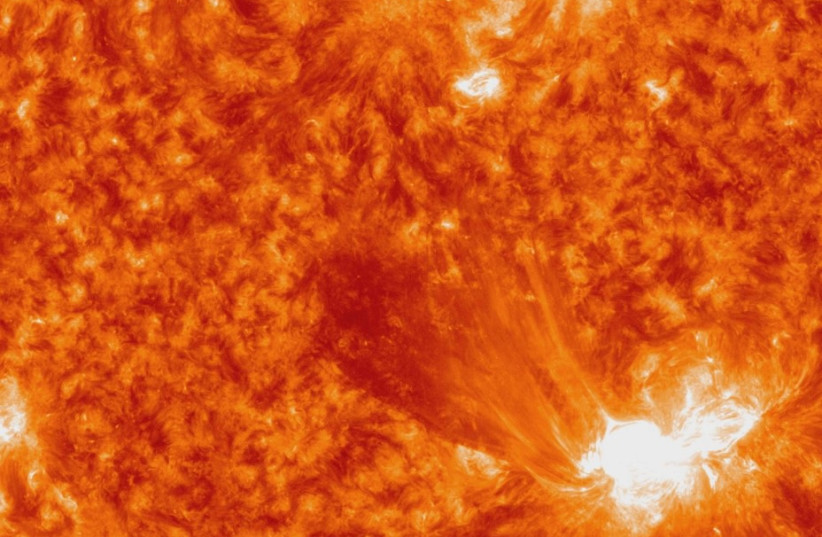Scientists have created a new computer program that combines satellite data from the US National Aeronautics and Space Administration (NASA) with artificial intelligence (AI) that could act as a warning system for dangerous space phenomena, according to a recent announcement from NASA.
Specifically, this technology uses NASA's measurements of the solar wind (defined by NASA as "an unrelenting stream of material from the Sun") to predict incoming solar storms.
A solar storm occurs when material from solar wind reaches Earth's magnetic field - these are also called geomagnetic storms. They range in severity, but they tend to have adverse effects on electricity grids, which can lead to devastating secondary consequences.
The geomagnetic storm of March 13, 1989, for instance, caused a nine-hour power outage in Quebec, closing schools and businesses.
Past solar storms
The most intense solar storm on record occurred in 1859 and is referred to as the Carrington Event. It sparked fires at telegraph stations and caused auroral displays seen all over the world. Had such an event occurred today, it would have caused extensive electrical outages and widespread industrial damage.
According to NASA, we can expect a peak in the Sun's activity sometime in 2025. In preparation, an international team of scientists working in conjunction with NASA, the US Geological Survey, and the US Department of Energy developed a model called DAGGER - Deep Learning Geomagnetic Perturbation.
DAGGER can efficiently and effectively predict geomagnetic disturbances across the globe.
“With this AI, it is now possible to make rapid and accurate global predictions and inform decisions in the event of a solar storm, thereby minimizing – or even preventing – devastation to modern society,” said Vishal Upendran of the Inter-University Center for Astronomy and Astrophysics in India, who is the lead author of a paper about the DAGGER model published in the journal Space Weather.
Recent solar activity
An X-class solar flare exploded from the Sun, the European Space Agency (ESA) reported on its Twitter account. This sounds very serious, but what does it mean?
A solar flare essentially is a massive burst of electromagnetic radiation in the solar atmosphere. They can happen when radiation is emitted after charged plasma particles get boosted by magnetic energy.
This blast came from a sunspot region called "AR3256," the ESA explained. These kinds of solar flares can be understood as basic occurrences of space weather.

